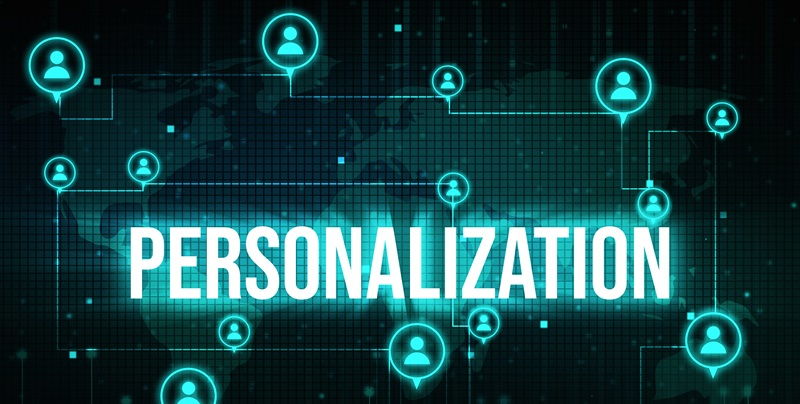In today’s dynamic market, crafting a unique and tailored customer experience is vital for service-based businesses to thrive. As customer demands evolve, the personal touch is no longer a mere bonus—it’s a crucial differentiator. Personalization is central to not only fulfilling but also surpassing client expectations, securing loyalty, and driving progress. For businesses to stay ahead, ingraining personalization into client interactions is a must, not a choice. Executing personalization effectively can transform customer satisfaction and propel a business to the forefront of its industry. Remember, an exceptional, personalized customer experience is paramount for enduring success and a robust competitive edge.
Gain Deep Insight into Your Customers
The journey toward personalization begins with a deep dive into understanding your clients. It’s important to look beyond mere demographics; your customers’ hobbies, lifestyle choices, and even shopping behaviors are gems of data that can empower your service customization. By leveraging advanced analytic tools and CRM systems, one can paint a detailed picture of who the clients are and, more importantly, what they truly need. This step is about creating that 360-degree view of your clients which allows you to anticipate their needs and preferences, paving the way for services that are tailor-made for each individual.
Empathy plays a critical role in this phase; it’s about perceiving the nuances of your clients’ experiences and expectations. Engaging with them through individual conversations, surveys, and interactions on social media can provide insights that algorithms cannot. When you understand your clientele at such an intimate level, personalization becomes intuitive rather than a mere business strategy.
Classify Your Clientele
Having gained a comprehensive understanding of your customers, the next logical step is segmentation. It’s about recognizing that within your client base, there are various subgroups with distinct characteristics, and treating them with a one-size-fits-all approach would mean a lost opportunity for deeper engagement. By categorizing your clients into segments—be it based on their engagement levels, their purchase history, or their service preferences—you can craft service experiences that are significantly more relevant and impactful.
Segmentation isn’t merely about grouping clients; it’s about the strategic allocation of your business’s resources to cultivate highly personalized relationships with each segment. This informed approach ensures that your business does not just meet expectations but anticipates needs, thus fostering a sense of loyalty and trust in your clientele.
Personalize the Customer Experience
With your customer segments clearly defined, the creation of a bespoke client journey for each individual becomes possible. The objective is to have a seamless and personalized experience across all customer touchpoints. This means aligning your business’s voice, tone, and messaging to resonate with the unique needs of each customer, whether they are interacting with you online, over the phone, or in person.
Customization at each step of the client journey fosters a sense of belonging and appreciation among clients. From the way communication is handled to the personalization of services and remembering past interactions, it’s these finer details that amplify the customer experience and set your business apart in a sea of competitors.
Educate Your Workforce
Equipping your team with the knowledge and tools for personalization is non-negotiable. They are, after all, the embodiment of your brand’s commitment to personalized client servicing. Regular training sessions and workshops that underscore the value of individualized customer encounters can fortify their ability to deliver on this front. By fostering a culture of empathy and empowerment, you enable your workforce to take ownership of the customer experience, ensuring that every client feels valued and understood.
This empowerment not only elevates customer satisfaction but also staff morale. When your team has the autonomy to innovate and react proactively to customer needs, they become proactive participants in the personalization process, further nurturing those vital customer relationships.
Establish an Ongoing Feedback Process
Personalization is a dynamic, evolving process that thrives on regular feedback to refine customer experiences. Effective communication channels are critical, allowing businesses to adapt their strategies to current demands and preferences. Real-time tools that provide insights into customer behavior and feedback are indispensable for pinpointing improvement areas and enhancing personalization efforts.
The ongoing feedback loop reinforces the idea that customer opinions are instrumental in shaping a business’s trajectory. Service-oriented companies, particularly in the digital age, must adopt personalization as a core strategy for maintaining a competitive edge. With in-depth customer understanding and segmentation, tailored experiences, and dedicated teams, businesses can achieve a level of service that’s both highly personalized and profoundly influential, always informed by the client’s voice and their ever-changing needs.

